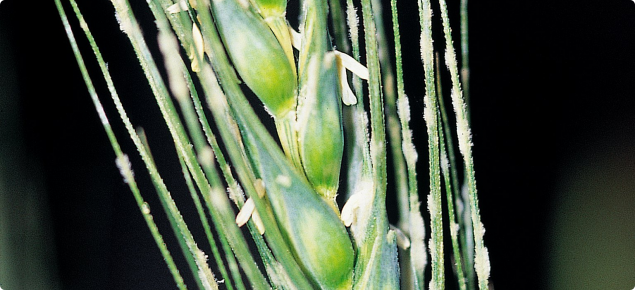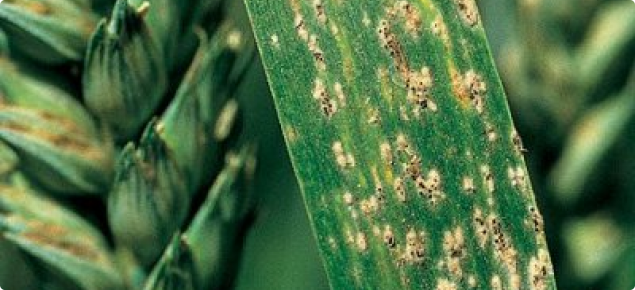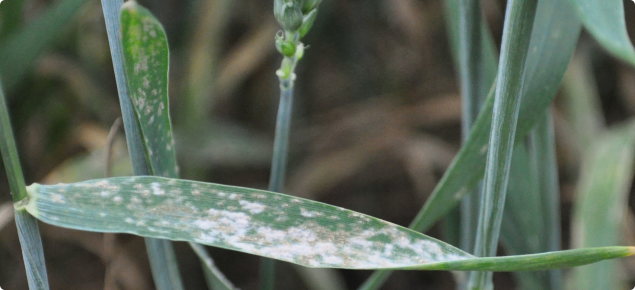There are many new seed dressing and in-furrow fungicides registered for other diseases in wheat and they have been shown to be effective in managing powdery mildew in barley. The value of these in wheat for effectively reducing powdery mildew, and whether they could replace early foliar fungicides, needs to be investigated. Early treatment, at-seeding and Z31 foliar applications, will be assessed for management of powdery mildew of wheat.
| Site | Woorree, Geraldton |
|---|---|
| Season | 2016 |
| Treatments |
*Timing of fungicide to stop disease moving up canopy and infecting flag leaf.
10 treatments x 3 reps
If disease develops to high levels in all early treated plots then consider applying a foliar fungicide application across all plots at Z39 or as disease development dictates, at least in Treatment 10. |
| Crop | Wheat: Zippy at 80kg/ha |
| Fertiliser | Agstar Xtra at 100kg/ha |
| Herbicide | Weed management as necessary |



